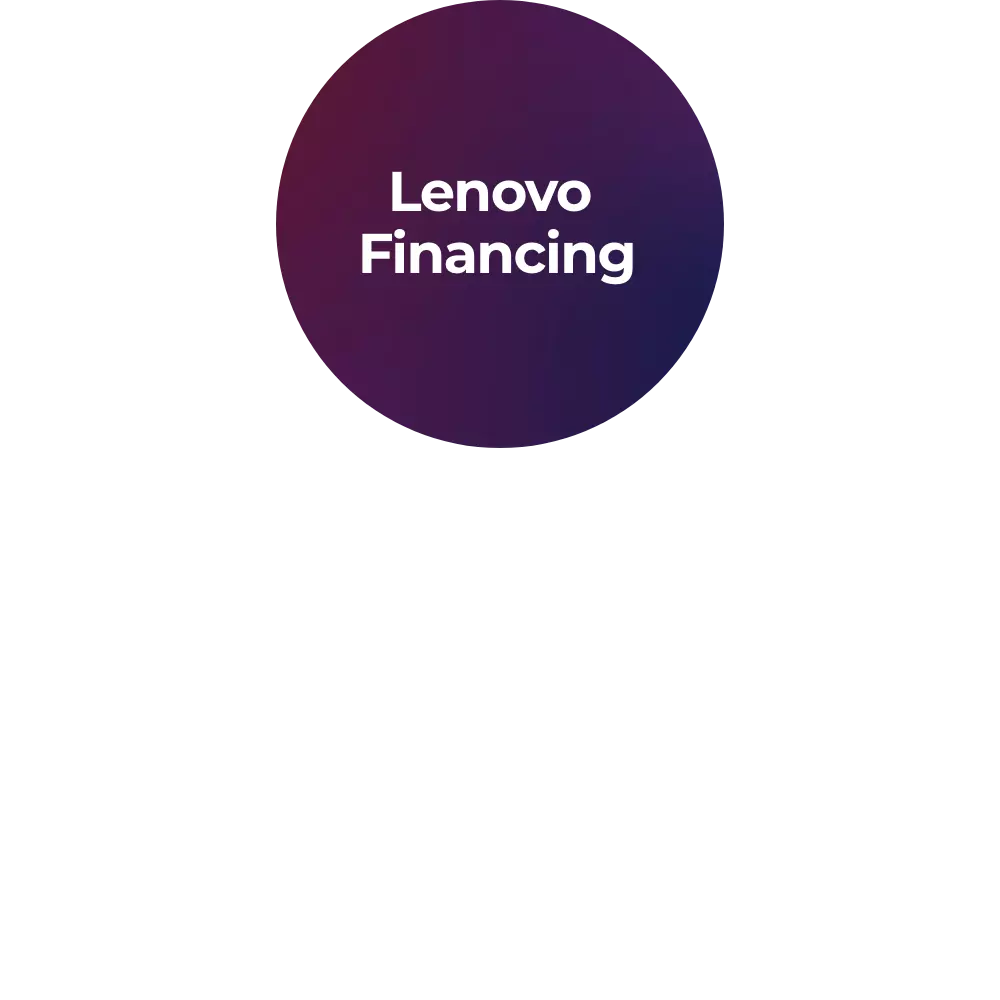How is the equal sign (=) used in programming languages?
The equal sign (=) is a fundamental operator used in programming languages to assign values to variables. It is known as the assignment operator. When you use the equal sign in a programming context, it means that you want to store a value on the right side of the equal sign into the variable on the left side. For example, in Python, the statement x = 10 assigns the value 10 to the variable x. This allows you to manipulate and work with data in your programs.
Why is the equal sign (=) important in computer programming?
The equal sign is crucial in computer programming because it enables the assignment of values to variables. Variables are like containers that hold data, and the equal sign allows programmers to store and manipulate data within their programs. By assigning values to variables, programmers can perform calculations, make decisions, and create dynamic programs that respond to user input or external factors.
How does the equal sign (=) differ from the double equal sign (==) in programming?
The equal sign (=) and the double equal sign (==) have distinct purposes in programming. The equal sign is used for assignment, while the double equal sign is used for comparison. When you use a single equal sign (=), you are assigning a value to a variable. For example, x = 5 assigns the value 5 to the variable x. On the other hand, when you use a double equal sign (==), you are comparing two values to check if they are equal. For instance, x == 5 would evaluate to either true or false, depending on the value of x.
Why is the equal sign (=) used to assign values to variables in programming?
The equal sign (=) is used to assign values to variables in programming because it provides a clear and concise way to store data within the program. By using the equal sign, you can associate a specific value with a variable, making it easier to reference and manipulate the data later in the code. This helps in creating flexible and dynamic programs that can adapt to different scenarios and user inputs.
Where can I find the equal sign (=) on a standard computer keyboard?
The equal sign (=) is typically located on the top row of keys on a standard computer keyboard, near the right side. On a QWERTY keyboard layout, you can find it to the right of the zero (0) key and to the left of the backspace key. It is usually accessible by pressing the key without any additional modifier keys.
How do I use the equal sign (=) to create a formula in a spreadsheet?
To use the equal sign (=) to create a formula in a spreadsheet, you start by typing the equal sign in the cell where you want the result of the formula to appear. After the equal sign, you can enter the desired formula using cell references, operators, and functions. For example, to add the values in cells A1 and A2, you would type =A1+A2. The equal sign tells the spreadsheet software that you are entering a formula rather than a simple value.
How does the equal sign (=) relate to logical operators in programming?
In programming, the equal sign (=) is not used as a logical operator. Instead, it is used as an assignment operator. Logical operators, such as the double equal sign (==) for equality comparison, the greater than (>) or less than (<) signs for comparisons, and the logical AND (&&) or OR (||) operators, are used to evaluate conditions and produce Boolean results (true or false). The equal sign (=) is not part of the logical operators, but it is essential for assigning values to variables used in logical comparisons.
What happens if I use a single equal sign (=) instead of a double equal sign (==) in a conditional statement?
If you use a single equal sign (=) instead of a double equal sign (==) in a conditional statement, you are performing an assignment operation instead of a comparison. This means the value on the right side of the equal sign will be assigned to the variable on the left. The condition will be considered true, and the code inside the if block will execute regardless of the comparison's actual result. It is a common mistake that can lead to unintended behavior in your program.
How can I perform an exact match comparison using the equal sign (=) in Excel?
To perform an exact match comparison using the equal sign (=) in Excel, you can use the equal sign in combination with other functions or operators. One common approach is to use the EXACT function, which compares two text strings and returns true if they are the same. For example, =EXACT (A1, B1) compares the values in cells A1 and B1 and returns true if they are an exact match.
Why is it necessary to use the equal sign (=) when declaring and initializing variables?
Using the equal sign (=) when declaring and initializing variables is necessary because it assigns an initial value to the variable. When you declare a variable, you create a named storage location in the computer's memory. By using the equal sign, you specify the initial value that will be stored in that location. Without the equal sign, the variable would be uninitialized, and its content would be unpredictable.
How does the equal sign (=) differ in usage between programming and mathematics?
While the equal sign (=) is used in both programming and mathematics, its usage differs between the two domains. In programming, the equal sign is primarily used as an assignment operator to assign values to variables. It indicates the value on the right side of the equal sign is stored in the variable on the left.
In mathematics, the equal sign represents equality, indicating that the expressions on both sides have the same value. It is used to establish mathematical relationships and equations.














